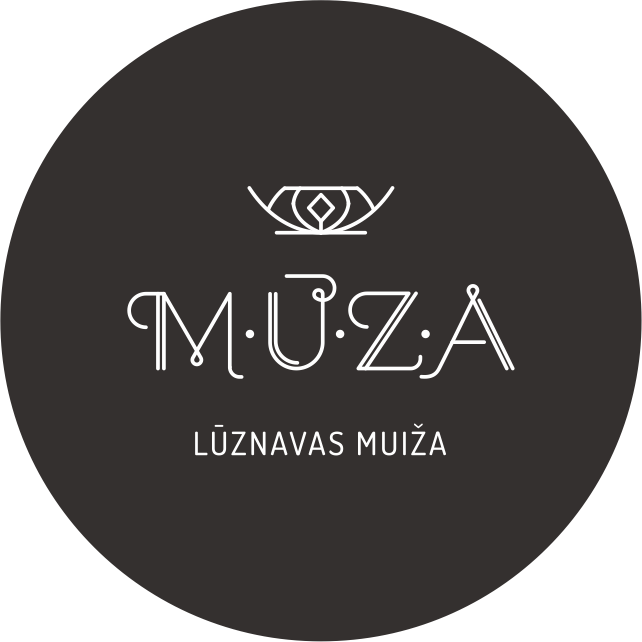CELERY, SMALLAGE
Latvian: selerija smaržīgā
Homeland – Mediterranean region. The most common root celery in Latvia (Apium
graveolens var. rapaceum). In the first year of cultivation, a bushy rosette of leaves
and a large (up to 20 cm in diameter), round or oval, half-immersed root extension is
formed.
In ancient Greece, the winners of the Isthmus and Nemea games were honored with
wreaths of wild celery leaves. The ancient Greeks used celery in many other rituals,
wild celery was also planted in burial grounds. But in ancient Egypt, celery leaves
were used to embalm mummies. In medieval Europe, celery was considered an
aphrodisiac. The first cultivars were created by the ancient Romans, whose menu
had an important place for celery.
APPLICATION
One hundred grams of fresh celery leaves contain only 12 kilocalories, 2 g of
carbohydrates, 1 g of protein, 0.1 g of fat, 60 mg of vitamin C (as much as in
oranges and one and a half times more than in lemons and fresh potatoes), as well
as B vitamins, carotene and minerals - calcium, potassium, iron and phosphorus.
Celery juice has diuretic properties, as well as the ability to dissolve kidney stones.
Of course, this juice does not replace medicine, but it is a good remedy for the
prevention of some kidney stones.
Although celery is very healthy in all respects, it (like celery and parsley) can cause
allergic reactions in some sensitive people. Allergy can occur not only by eating
celery or drinking its juice, but also by weeding or harvesting it. For safety`s sake, it
is better to wear rubber gloves and clothes with long sleeves when handling celery.
fitoterapija.lv
Augu katalogs ir tapis ar Eiropas Savienības finansiālu atbalstu Pārrobežu sadarbības programmas 2014.–2020. gadam projekta LVIII-062 “Versts of Feelings 2” ietvaros


